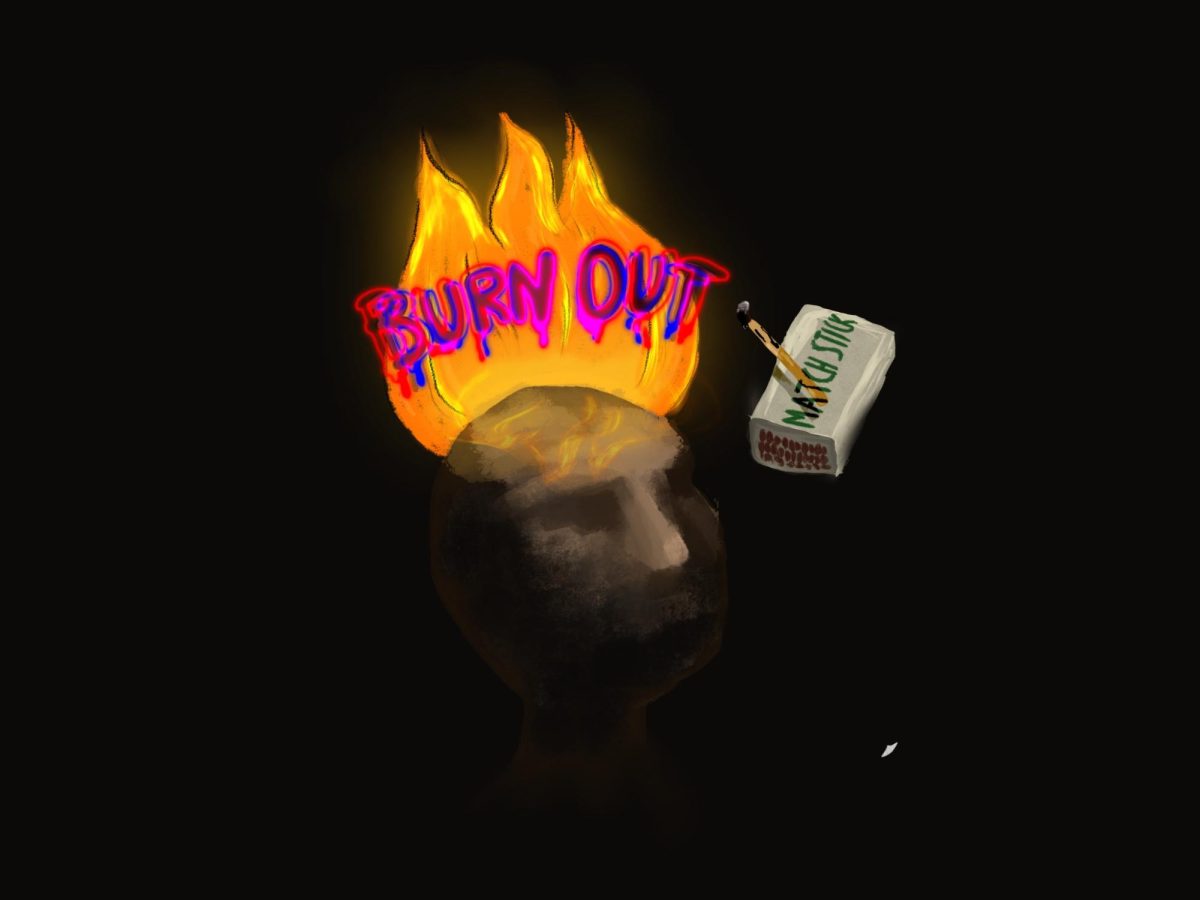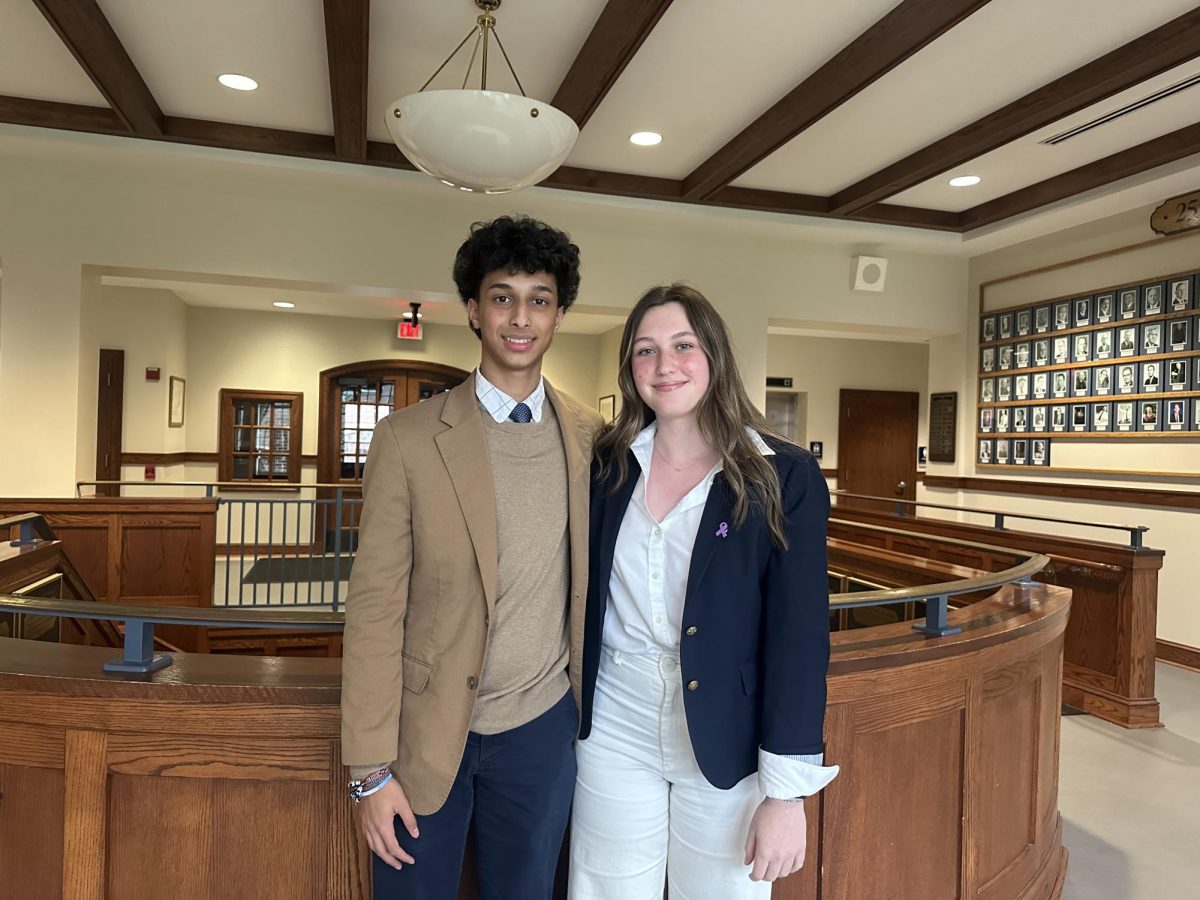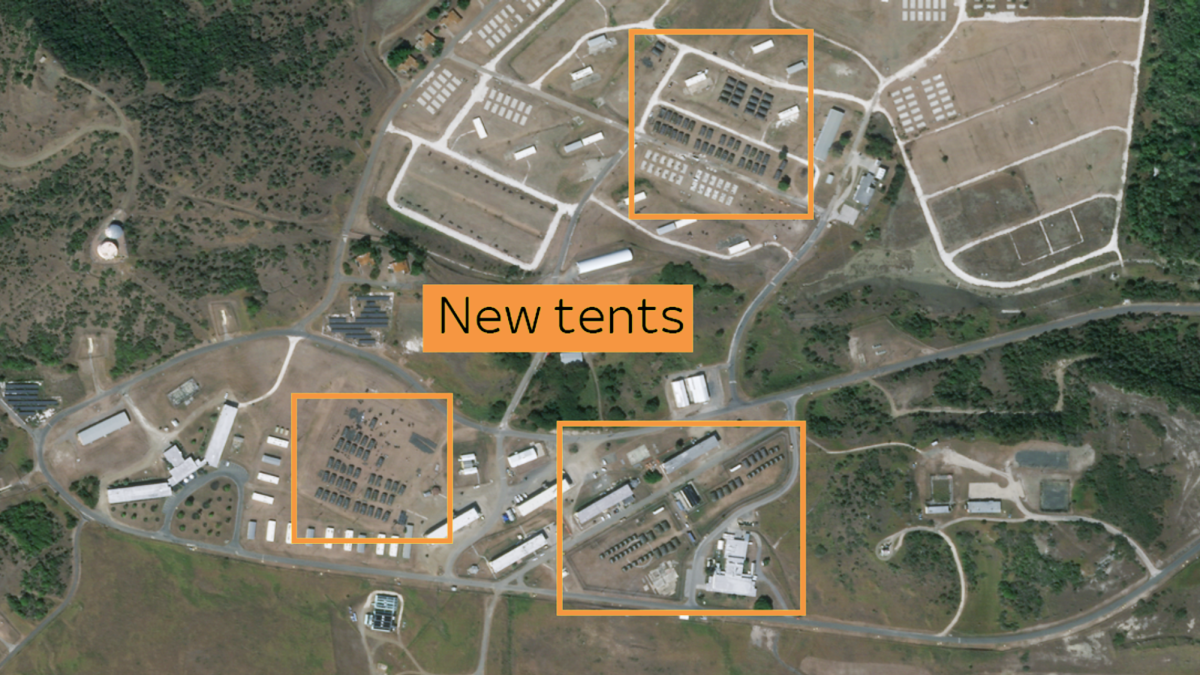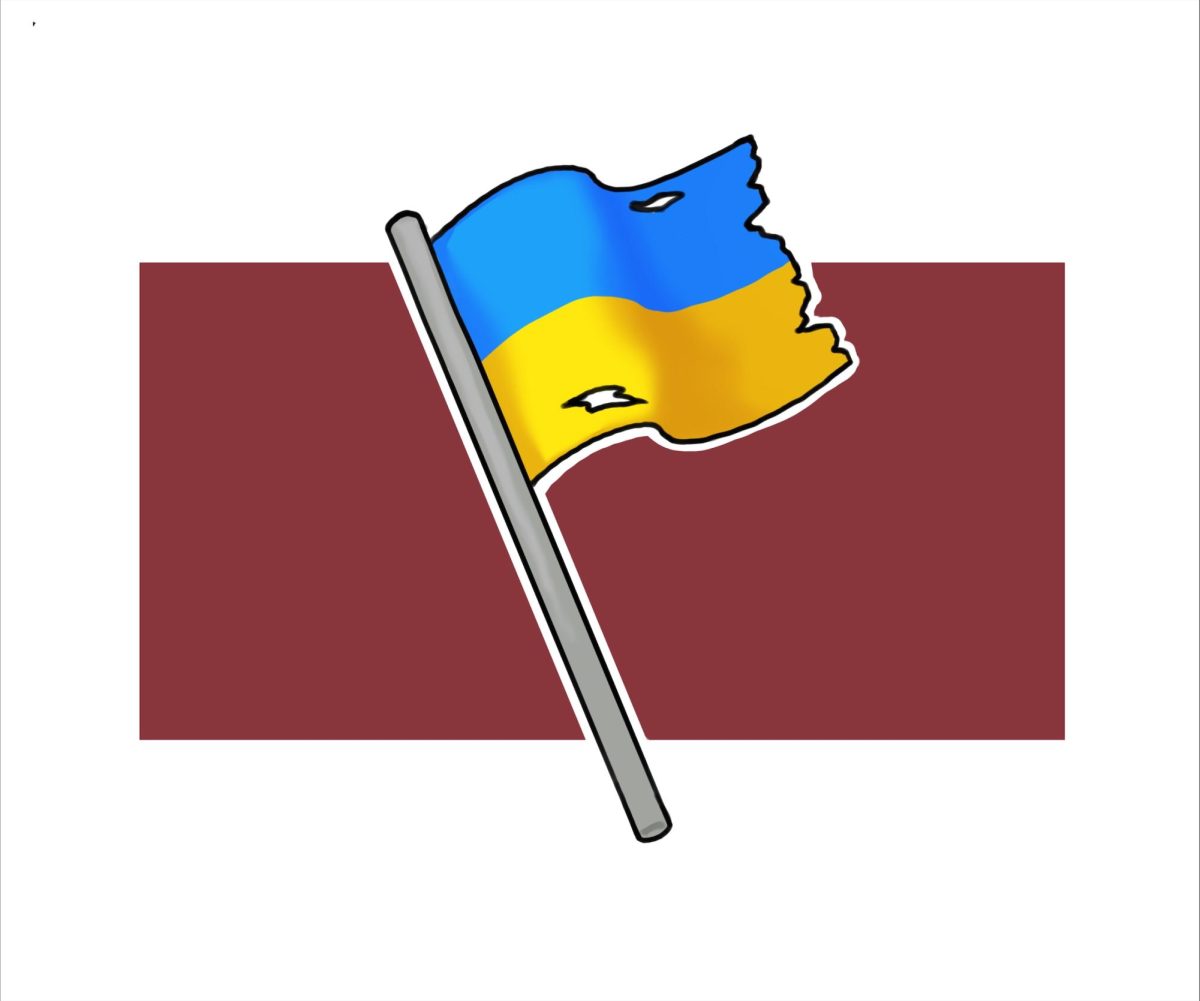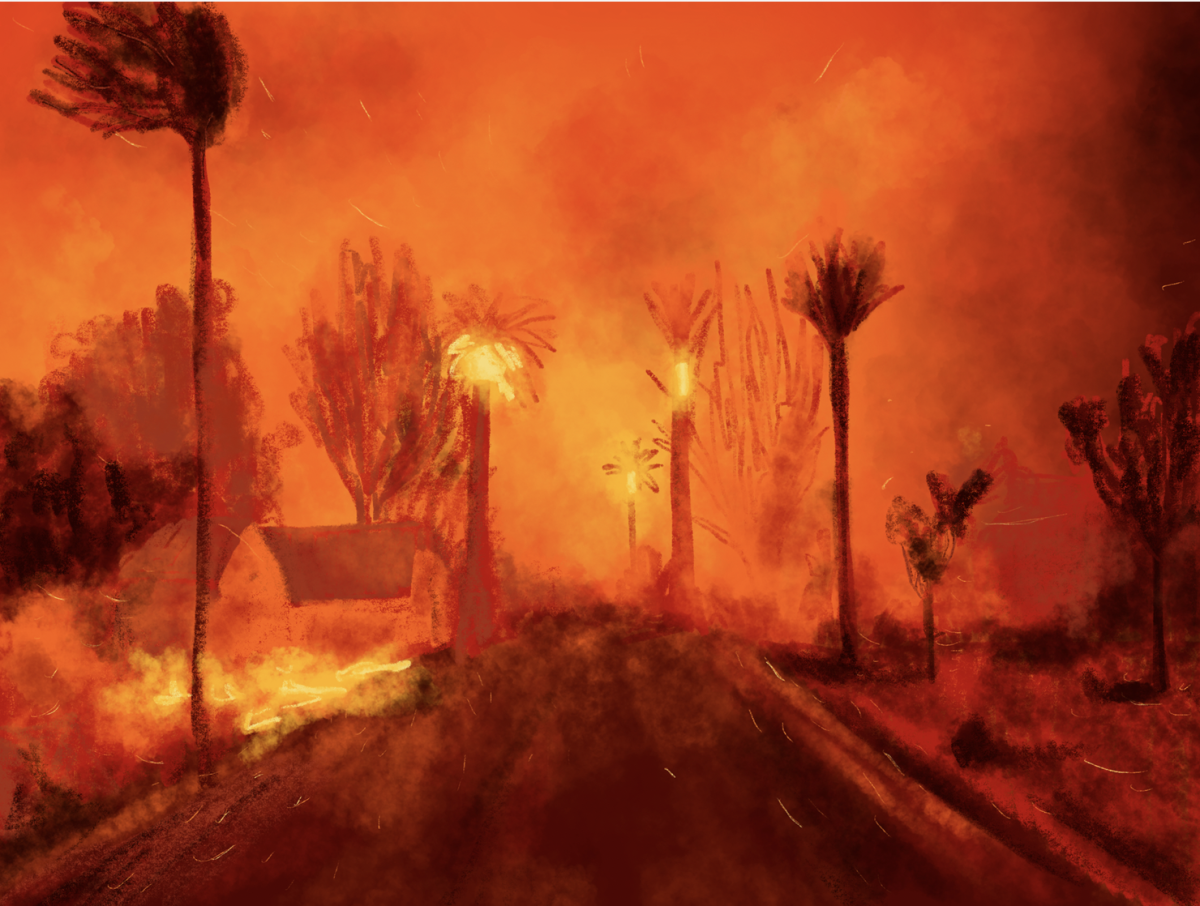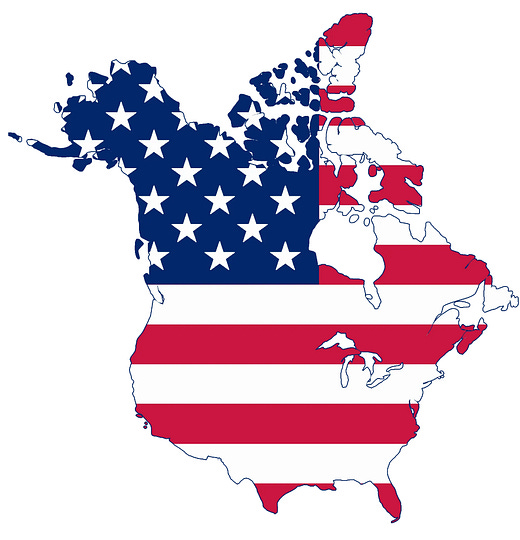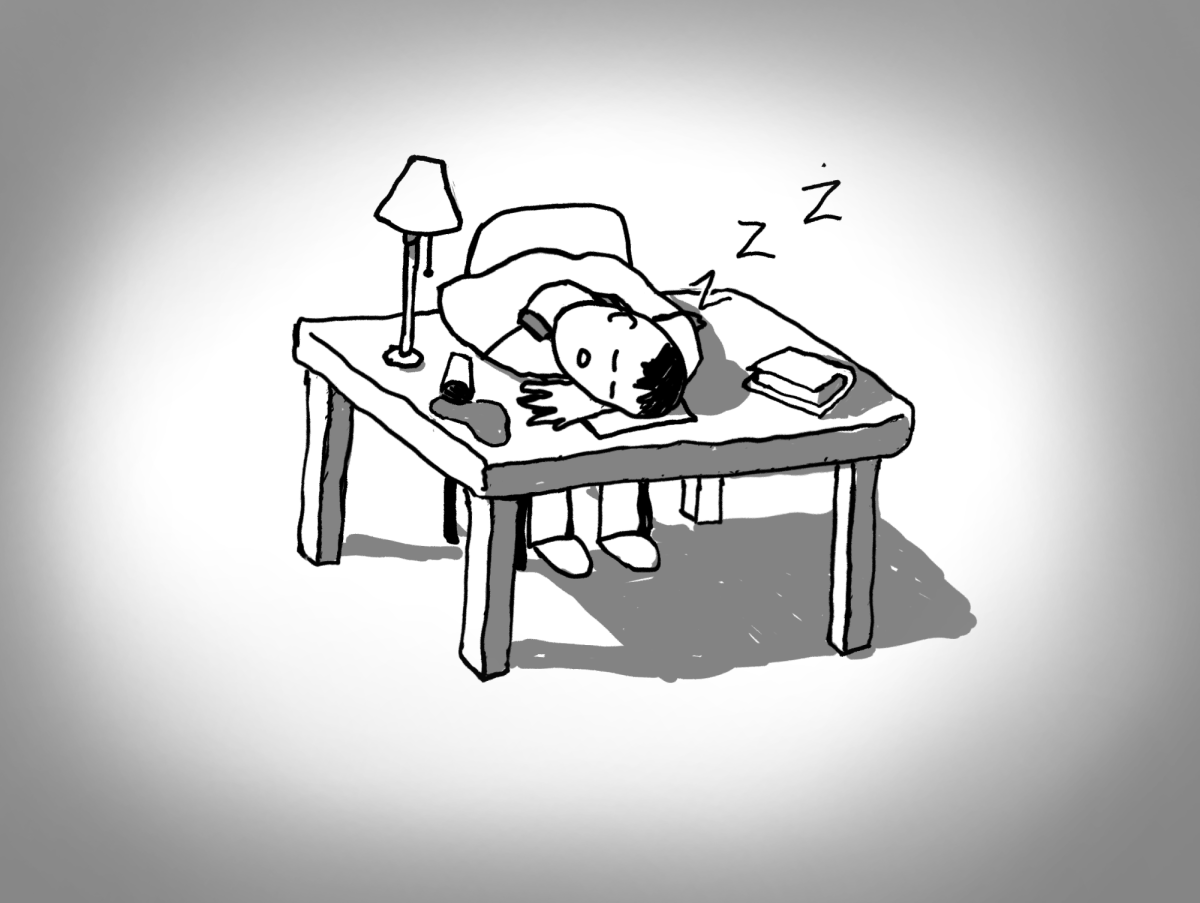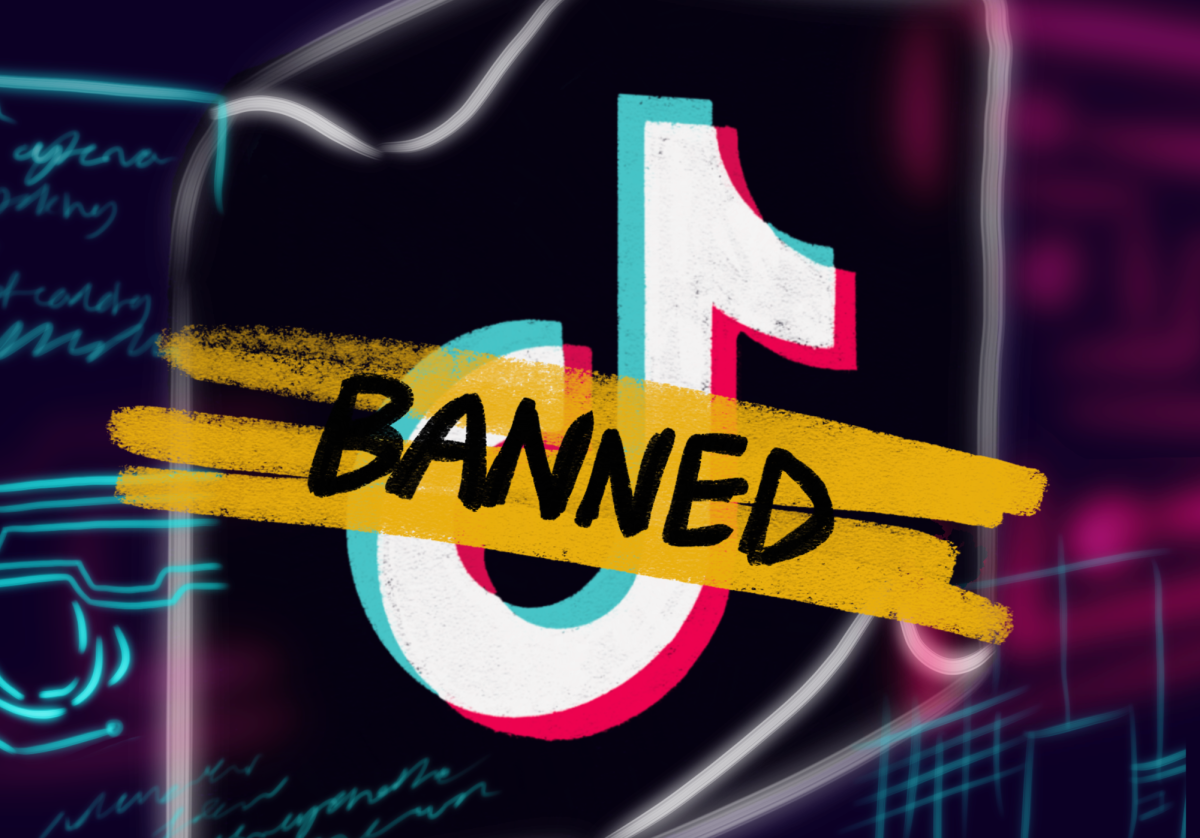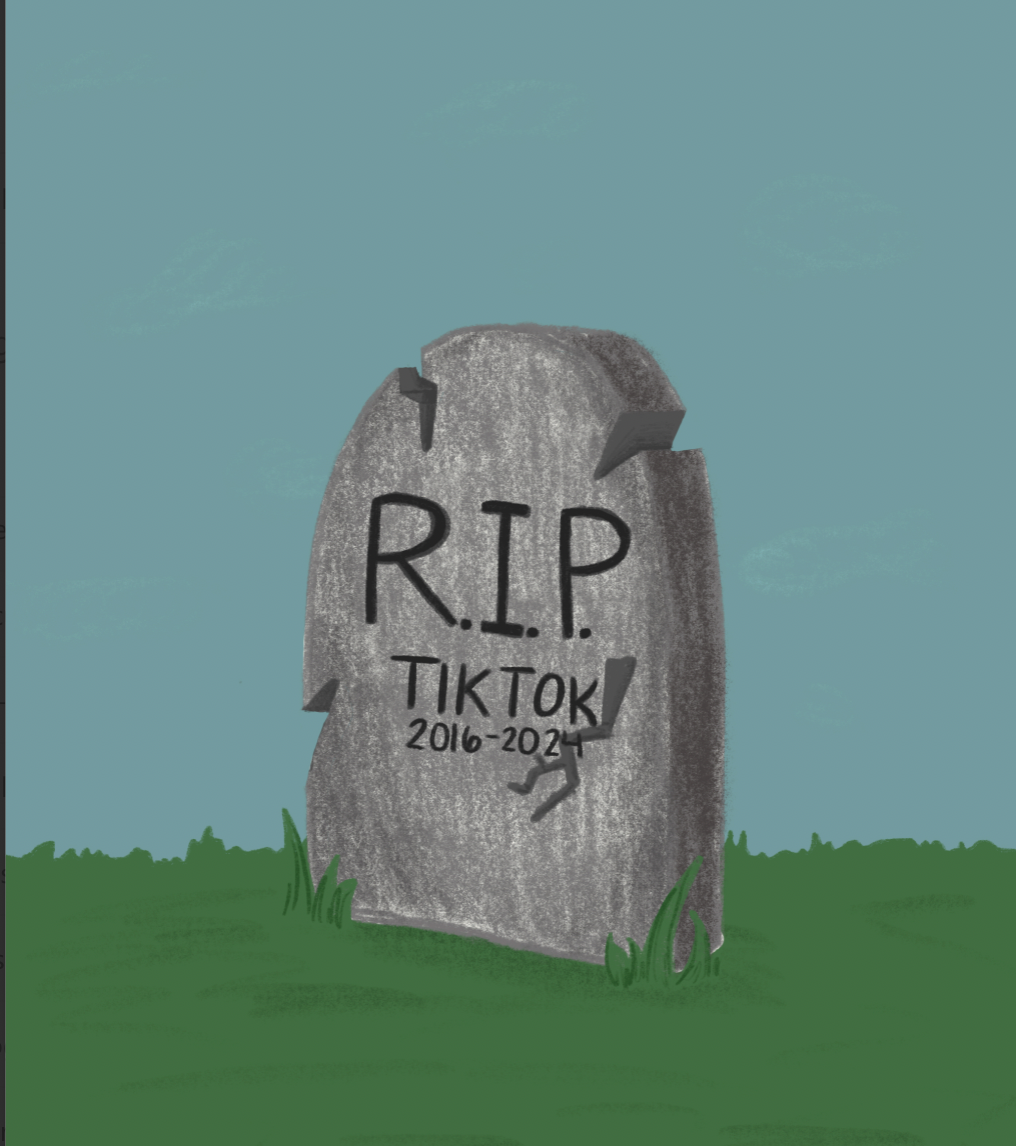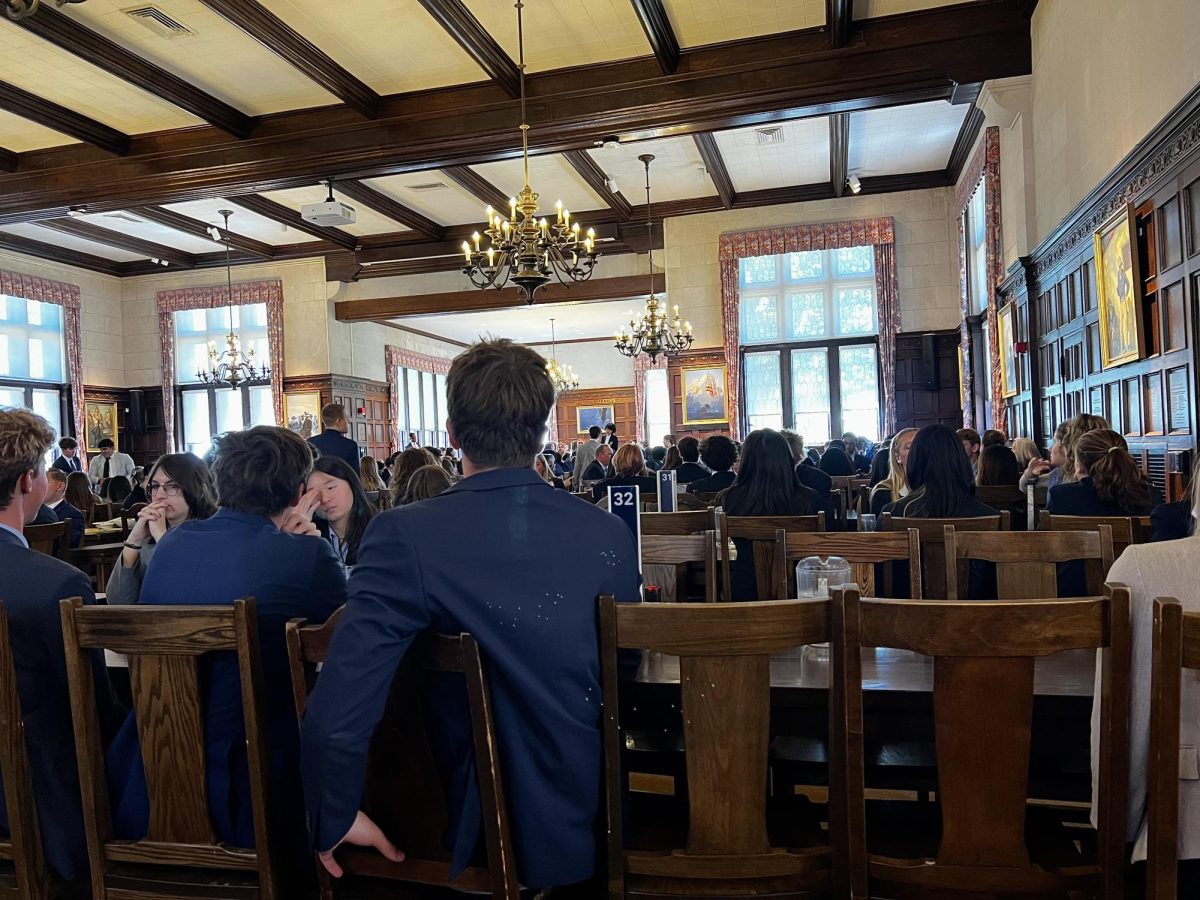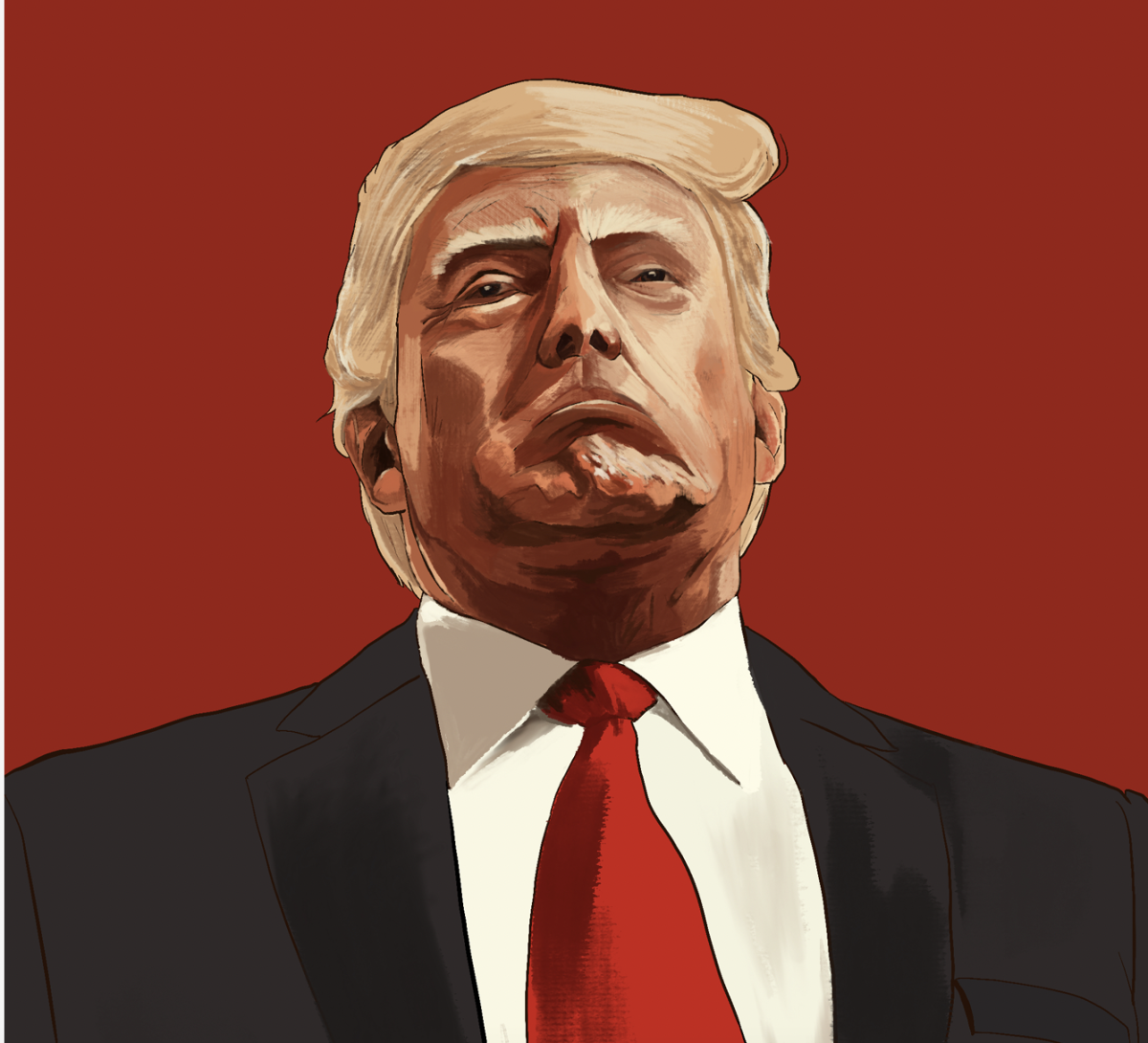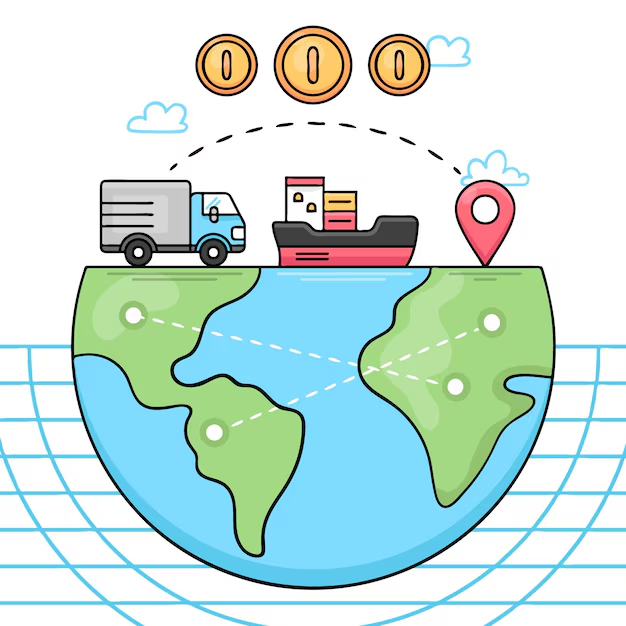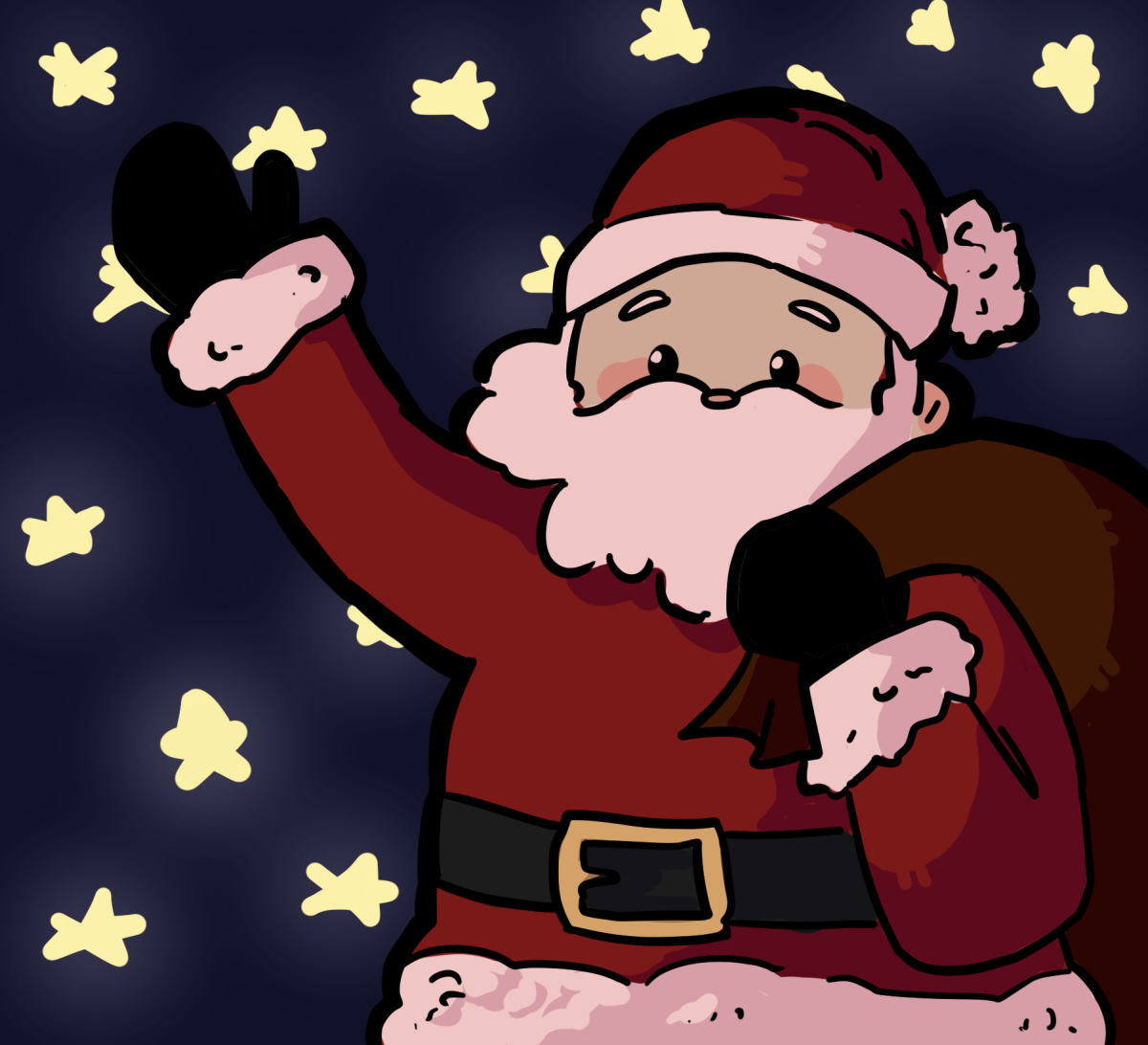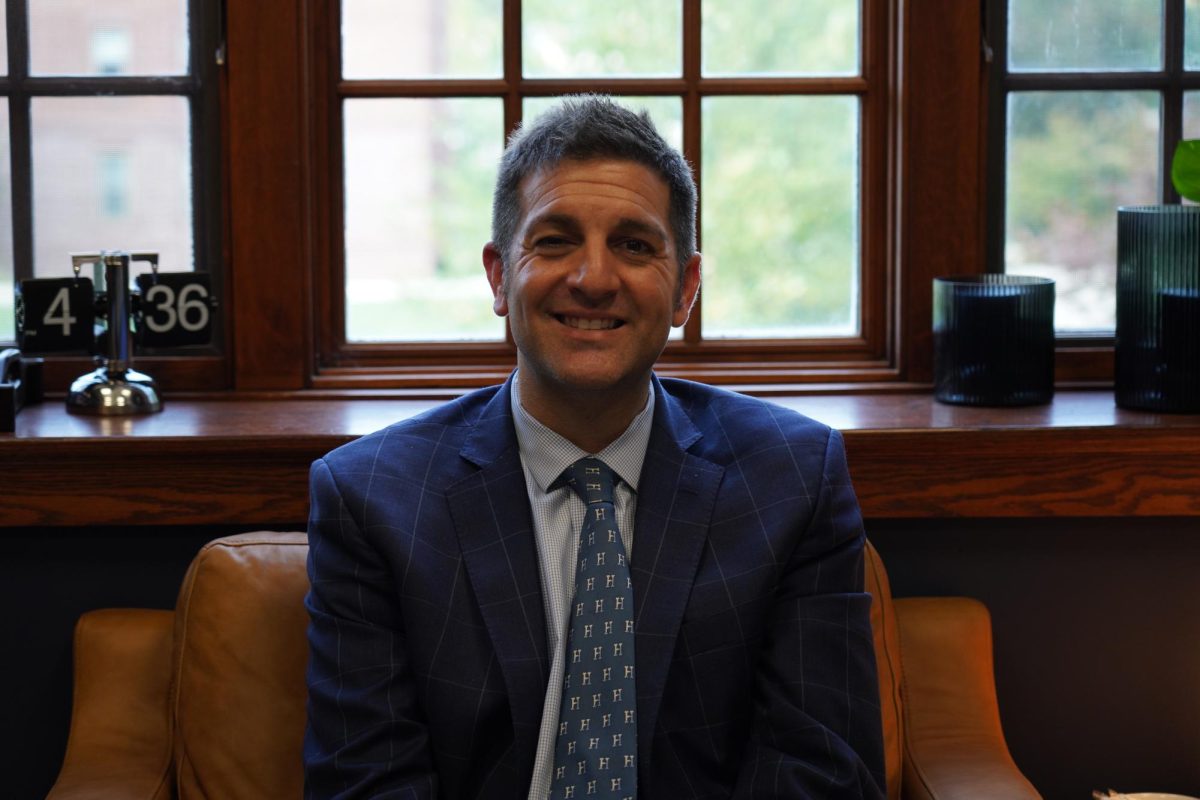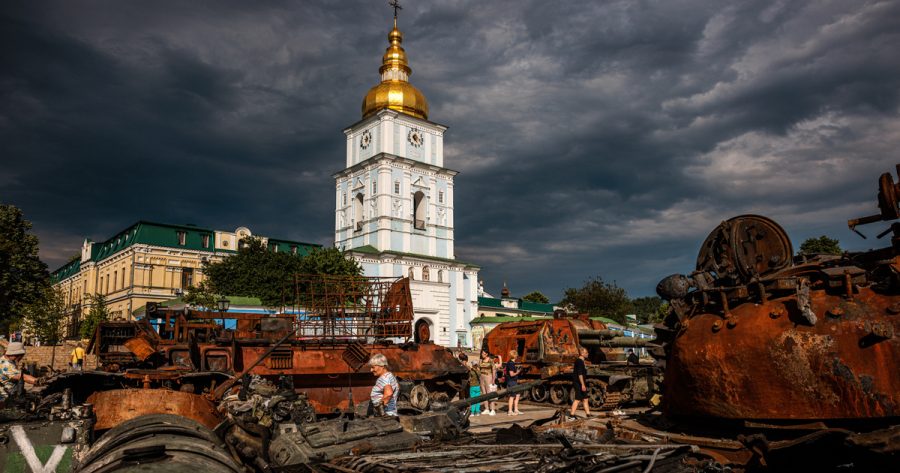The new normal: Russia’s invasion of Ukraine continues to impact the world
Media: Google Images
Civilians walk among destroyed Russian military equipment scattered around Kyiv, Ukraine
In the wake of Russian President Vladimir Putin’s belligerent invasion of Ukraine, the global landscape has undergone a remarkable metamorphosis. In the short span of a year, Putin’s conquest has killed over 300,000 people, while forcing tens of millions to flee their homes. However, it has also revitalized NATO’s relevance and deepened the ties between China and Russia. Russia’s blatant failure to quickly seize Ukraine further exposes the limits of the Russian war machine.
Prior to Putin’s invasion of Ukraine, NATO’s relevance was in question, with some leaders, such as French President Emmanuel Macron, declaring it “brain dead.” President Donald Trump even threatened to withdraw the United States from the alliance. Additionally, many member countries had failed to meet their military spending commitments, even after Russia’s annexation of Crimea in 2014. However, in the year since, NATO members have pledged billions in military equipment and provisions to support Ukraine, turning the tide of the war.
The war has also unified western Europe. Formerly neutral countries, like Finland and Sweden, have sought NATO membership. On March 25, the Nordic Defense Cooperation, including Norway, Sweden, Finland, and Denmark, agreed to operate their air forces as a single fleet, comprising 250 fighter jets. Five days later, all thirty NATO member-states ratified Finland’s bid to join the alliance. Finland was formally introduced into NATO on April 4.
At the onset of the war, Ukraine received only small arm donations, such as American Javelin anti-tank systems and British armored personnel carriers. The start of 2023, however, saw the introduction of heavy weaponry, including main battle tanks and fighter jets. On March 27, 18 German-pledged Leopard 2 main battle tanks arrived in Ukraine. The introduction of Western-made battle tanks will be critical to Ukraine’s prospects for punching through Russian fortifications and retaking lost territory.
Russia’s initial plan to seize Ukraine quickly failed, and in the summer of 2022, Ukraine regained the initiative, recapturing Kharkiv and Kherson Oblast. Since the start of the war, Russia has lost 200,000 soldiers, 1908 tanks, 7372 vehicles, and 662 artillery pieces, forcing the Russian war machine to shift its strategy from armor-heavy “Battalion Tactical Groups” to smaller infantry-heavy “Assault Detachments” to conserve equipment. Russia has also mobilized 300,000 reservists and enlisted an additional 147,000 men to boost its total combat personnel to 1.5 million.
Prior to the invasion, Russia relied heavily on EU member states importing Russian natural gas and oil. However, following the invasion, economic sanctions imposed on Russia severed this revenue stream. Russia’s isolation from the global economy and inability to overpower Ukraine has prompted Putin to turn to China. China is now a significant buyer of discounted Russian gas and oil, and also serves as a conduit for goods no longer available to Russia due to Western sanctions.
During a state visit to Russia in March 2023, Chinese President Xi Jinping proposed a 12-point peace plan to resolve the war in Ukraine, which Putin reportedly viewed “with respect.” However, Western nations largely dismiss China’s proposal as a ploy to give Putin time to regroup and solidify his hold on occupied Ukrainian territory. The United States has also warned that China may be considering sending lethal aid to Russia, which Beijing has denied.
Putin’s invasion of Ukraine has had far-reaching consequences, not only for the region but also for global geopolitics. As the war drags on, China’s involvement in the conflict adds a new dimension to the situation, raising concerns among Western nations about its intentions. As the conflict continues in 2023, the international community will have to grapple with finding a last solution to the crisis, one that can ultimately bring peace to Ukraine and ensure stability in the region.

